Please note, while the following is related to Bali, the same arguments can hold for many destinations across the region.
A few times a week, I try to get down to the beach to write. I love the ocean, and the sound of the surf helps me drown out everything else in my head. Our closest beach, Batu Belig, in South Bali, is five minutes away on a scooter.
It is a typical South Bali beach. Grey to blackish sand, a bit grubby, filthy after heavy rains. All up, standard for the area. The beach bar I go to is one of a string of a half dozen places in a row. They’re mostly made of wood and bamboo, sometimes with concrete foundations. They’re also metres from the high tide mark, and so by Bali’s regulations—and most people’s common sense—they shouldn’t be there.
Sunset on Batu Belig, Bali. Photo: Stuart McDonald.
They’re bulldozed now and then (twice in the last ten years if I remember correctly)—in acknowledgement of their dubious legality I guess. A more cynical eye may see them as collateral damage related to other, far larger properties. You can’t level your aim at a five star hotel for a pool too close to the high water mark when there are a string of bars right beside it. Hypothetically speaking of course.
Anyways.
We’re in the middle of wet season here, so the beaches are particularly vile, but still, I go there to write. The bar I hang out in is almost always empty (even pre–Covid19), which I like, and the staff, while friendly, leave me alone.
Where has the beach gone? Photo: Stuart McDonald.
So I rode down yesterday, and the beach was gone. Well, not gone, but the huge surf was smashing against the concrete pipes used as a barrier to the ocean. In over a decade in Bali, I’ve never seen the sea like it there.
I spent about three hours at the bar, and in that time alone, the waves took their toll. They reached the base of the concrete pipes, which started to tumble over. Then, the wave’s probing fingers reached beneath the pipes, sucking out the sand packed to form the floor of the bar. I know this because the floor collapsed as I walked on it.
People talk about quicksand in a bar, but I have to say (incredibly) this was the first time I’d encountered it in person.
Contains One Whale. Do not re-open. Note, the pile was all gone yesterday. Photo: Stuart McDonald.
Side note here: Last week, about 100 m to the south of where I was sitting, a dead 14 metre long Bryde’s whale washed up. Earth movers buried the carcass above the high water mark—just about right in front of the W Resort.
Talk about putting the whale in the W.
Around a kilometre north of where I was sitting, there is another clutch of beach bars. Again for years there was nothing but thatch shacks with beanbags. My favourite, “Naked Coconut” had a bar the size of a postage stamp—that was the entire structure.
Behind them were the remnants of the dune. Scrubby grass, palms and, 50 metres back, private houses (well villas as they’re called in Bali—for reasons I’m yet to understand). A few years ago, a nearby large but low rise private property abutting the beach was levelled. In its place came a huge multi–level bar club eyesore. As with many other large beachfront properties, build back rules didn’t seem to apply.
Naked Coconut: Build only beanbags. Photo: Stuart McDonald.
Last year, another enormous beach club began construction. Like the vile multi–level place, build back laws don’t seem to matter. That it is being built in the very strip of land left vacant by the villa owners, I assume in a nod to build back rules, must be annoying.
Until the club’s construction began, the vacant strip of land was “public access”. It became a car and scooter parking area, but there was no charge—it was, for all intents and purposes—public land.
As all beach front land should be.
Don’t build on the dunes people. Photo: Stuart McDonald.
It is easy I guess to rail on high–end properties and dirty beaches. Not all hotels are parasites—some are involved in, or at least financially support, socially progressive activities—though these are, more often than not, a sideline to their main business. I guess, it is better than nothing.
Likewise while the filthy beaches are sometimes blamed on tourists, the reality is far more complicated. Witness the state of the beaches this wet season, over a period when international inbounds have collapsed. Often it is left to local organisations to clean up the mess—both on the beaches—and the rivers.
Sitting in my collapsing and encroaching beach bar yesterday, I dwelled on all of the above. I’ve only been in Bali a decade or so, but even in that time, the loss of public access to beaches has been staggering. A resort goes in and access vanishes. It isn’t like a five star resort is going to let Balinese families trot through the lobby to reach the beach. Ironically you’ll have more luck walking through as a white person.
“Lets block public access to a public beach with a really stylish wall. We’ll win design awards for it! Potato Head, Seminyak. Photo: Stuart McDonald.
This beach access thing made me think of another issue, years ago, in Thailand. Two actually, both of which involve an old friend James Fahn. We were neighbours, living across the hall from one another, in a fall down (but awesome value!) apartment building in Bangkok. Many an evening we played Risk while often talking Thailand, environment, and tourism’s role in it.
While the furore over The Beach and Ko Phi Phi Leh, got the column inches, there was another issue that plays into the above. On the Railay Peninsula, a high end resort had blocked pedestrian access to Phra Nang Beach which was home to a revered shrine. Thai beaches are public land, but in blocking foot traffic, the resort grabbed it for their guests alone.
A local environmental group which Fahn was involved in, put pressure on the hotel. Eventually, the resort relented—grudgingly—allowing a walled–off, what was for a long time very grotty, pathway along the edge of the resort to the beach. It was a less than perfect solution, but as with the above, better than nothing.
Thailand’s Phra Nang Beach. Photo: David Luekens.
Why should local people—in this case people wanting to visit a religious site—have to accept “better than nothing”?
In the early 2000s, the filming of The Beach on Thailand’s Ko Phi Phi Leh was a lightning rod for Thai environmentalists. In the opposing corner, a tone deaf foreign producer and the novel’s author (who described the whole affair as “crazy”). On the issue, and other challenges in that part of the country at the time, writes Fahn, in A Land On Fire:
“The tourism blight ravaging Thailand has a very predictable life cycle: Promotion leads to encroachment and development, which is followed by pollution and decay. All too often, people notice only the final stages, when it is usually too late to prevent the environment from being despoiled.”
It feels like South Bali’s beaches are in the “final stages of decay” zone which Fahn refers to. Access is so limited, the encroachment so blatant, and the state of the beaches so appalling, you simply can’t not notice it.
Access is easier on the other side of the wall. Photo: David Luekens.
In a fit of frustration yesterday, I took to Twitter to vent. I suggested the encroaching properties should all be demolished.
“This is but one of the areas Bali (and plenty of other destinations in the region) should be looking at. Knock them down. Return the beaches to the people. Imagine a 50 to 100m deep stretch of public parkland from Legian to Seseh.”
Of course, I can’t see that actually happening and, I guess, practically speaking, I don’t mean it—the horse has well and truly bolted. Nevertheless, it infuriates me immensely—and I’m not even Balinese. I can’t imagine how enraging it must be for some segments of the local population. Yes there’s jobs—but at what cost?
I guess though, what I was trying to say—need it be pointed out, I’m often far from rational on Twitter—is that it seems like a missed opportunity.
Perhaps people will learn before Seseh goes the same way. Don’t hold your breath. Photo: Stuart McDonald.
It isn’t like there isn’t precedent for this. Fahn’s book was published in 2003—eighteen years ago. I’m sure there were others published eighteen years before his, saying the same thing. And probably eighteen years before those.
How long will it take people to learn?



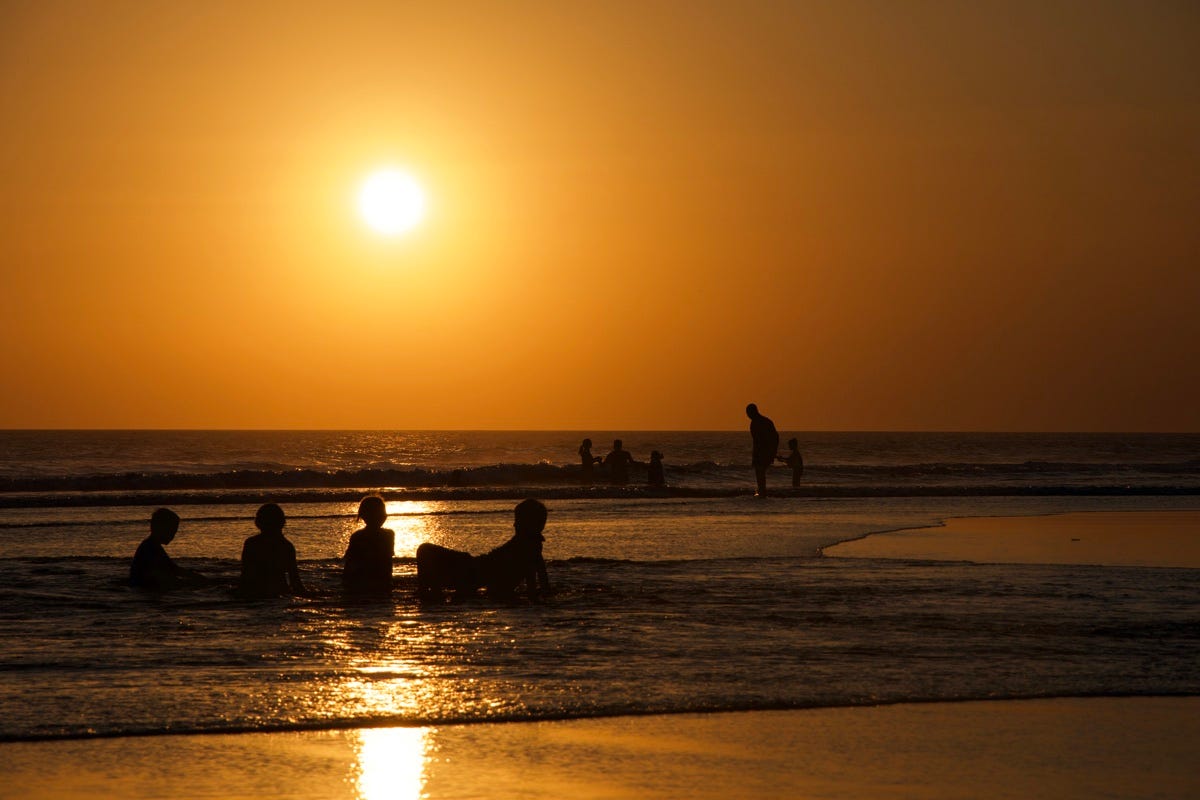
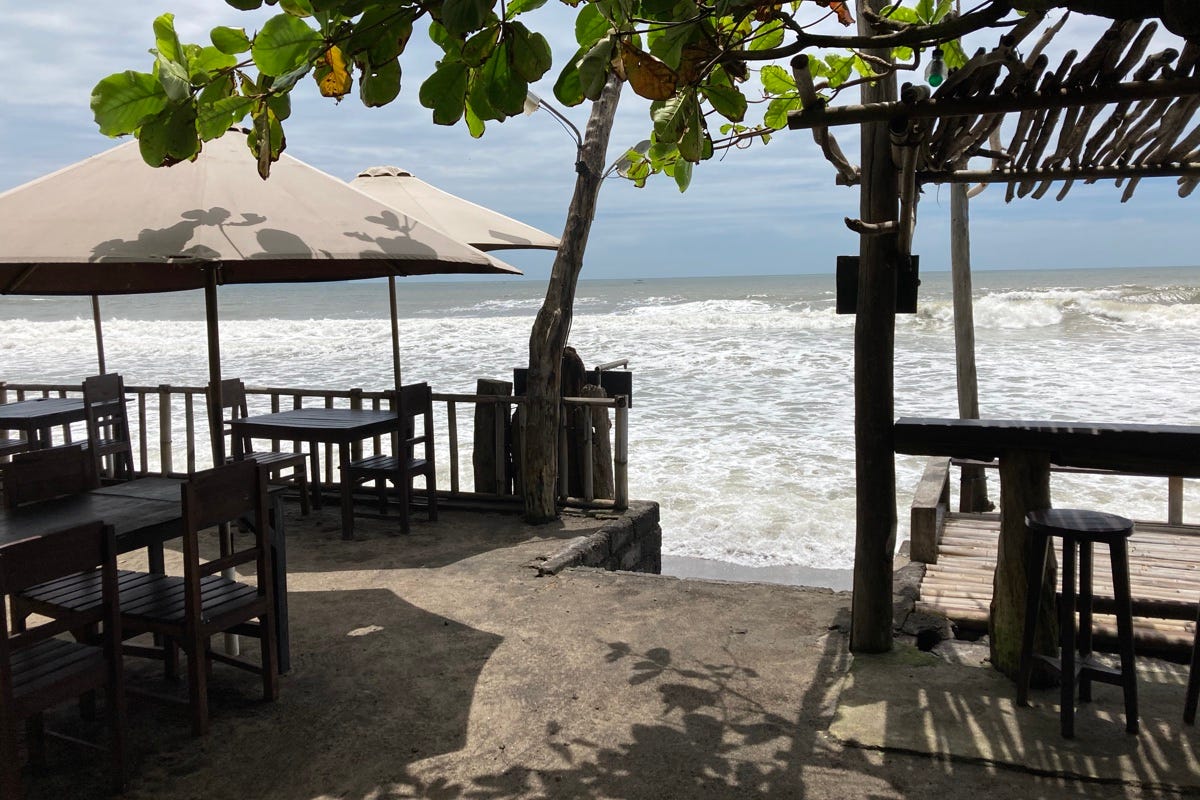

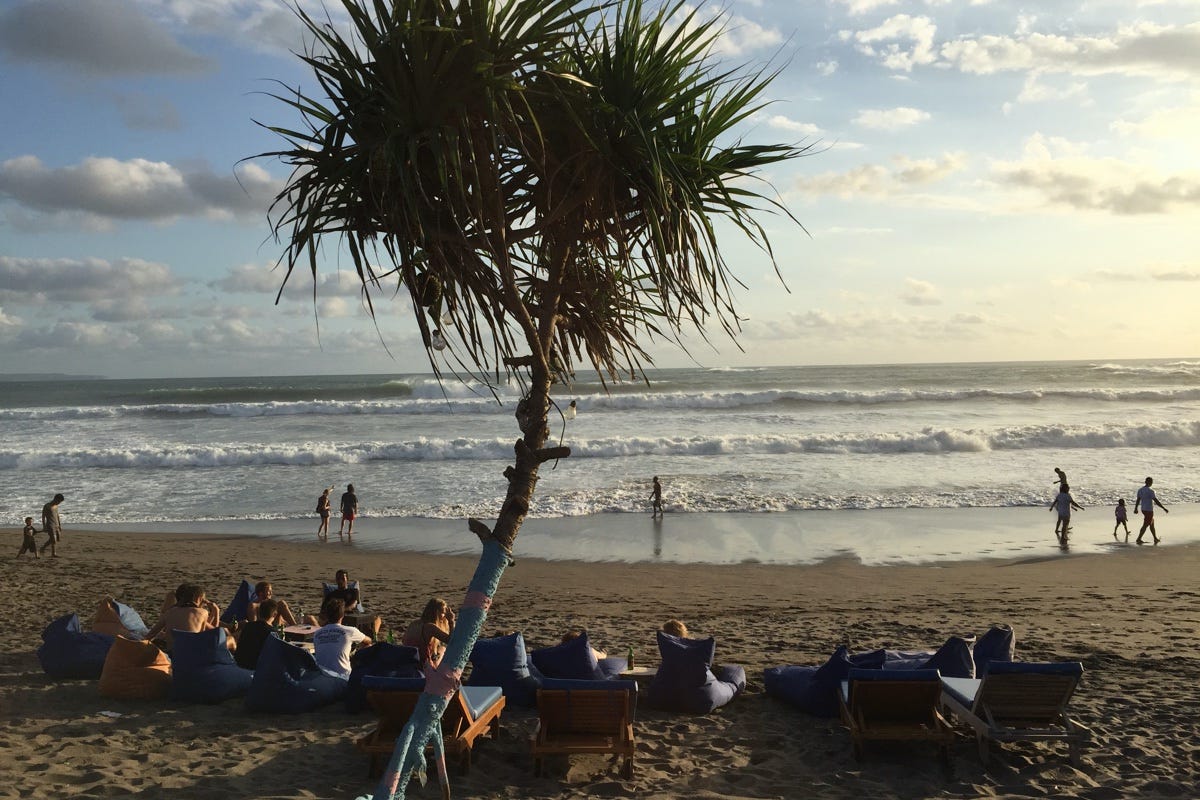

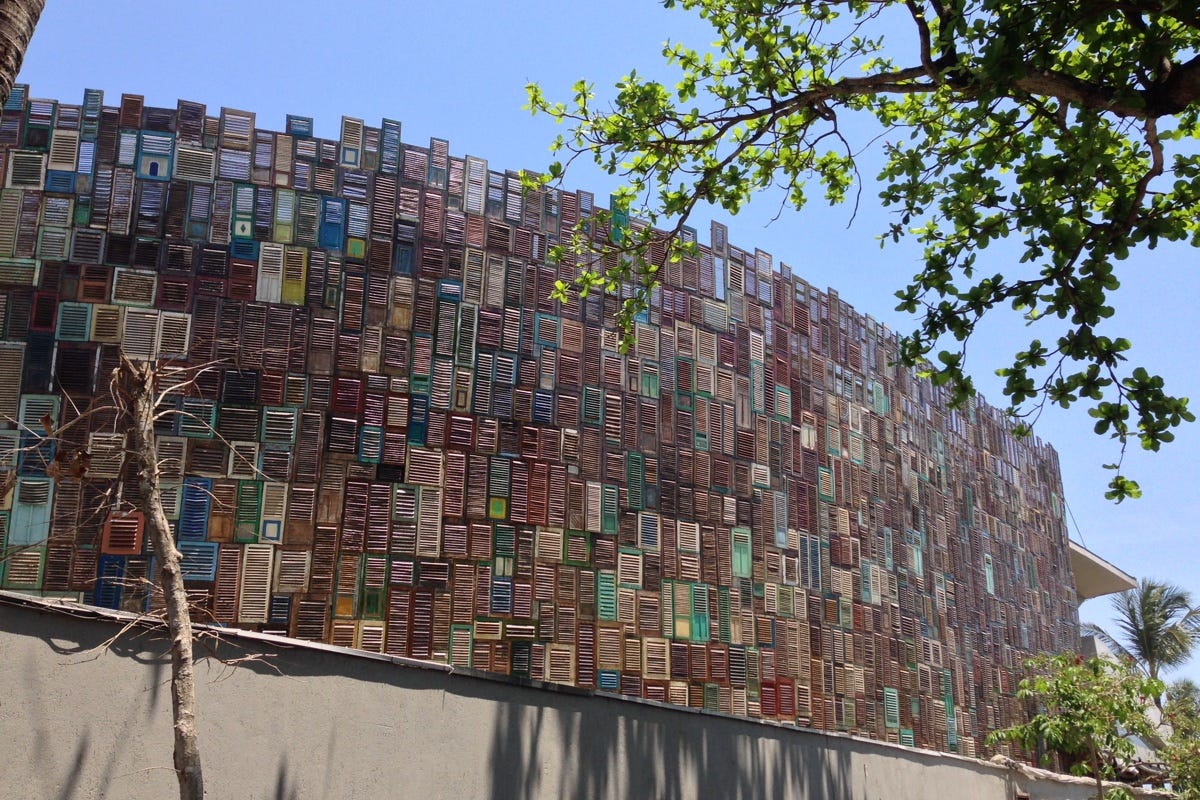

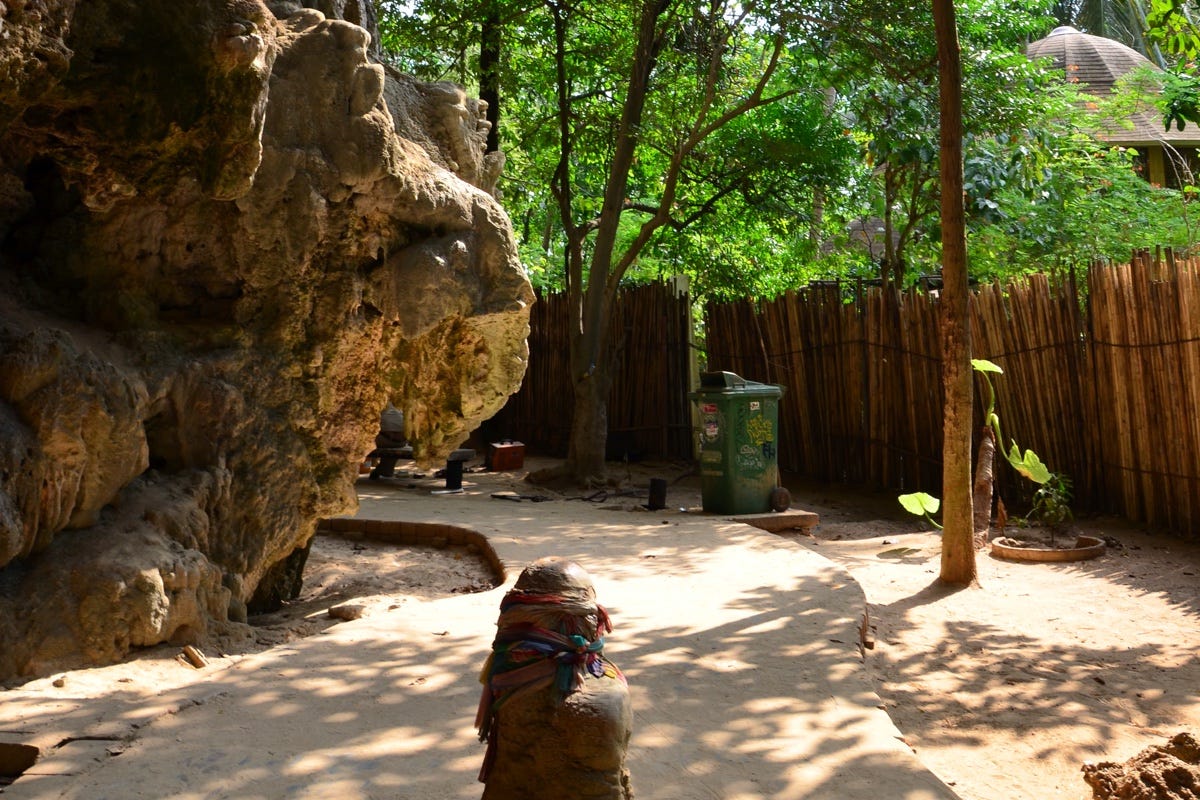
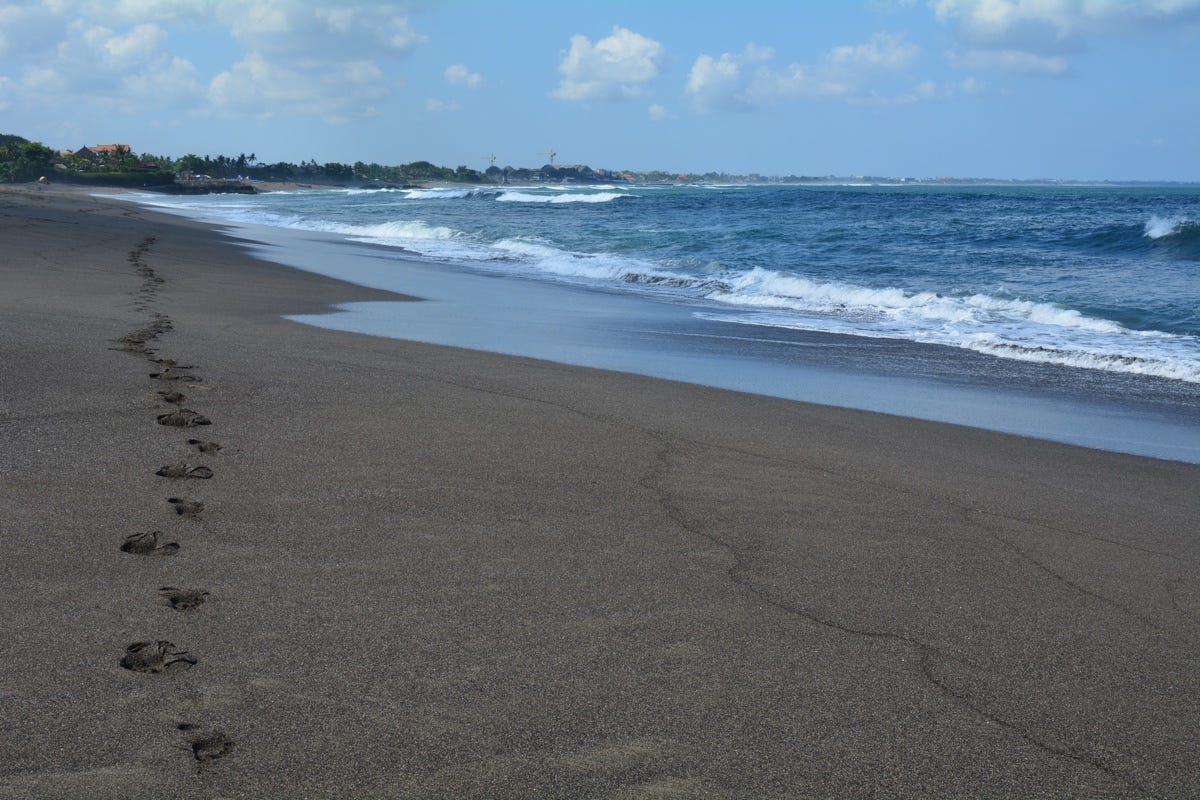




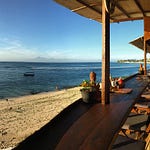




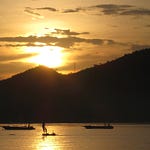
Couchfish: The final stages of decay